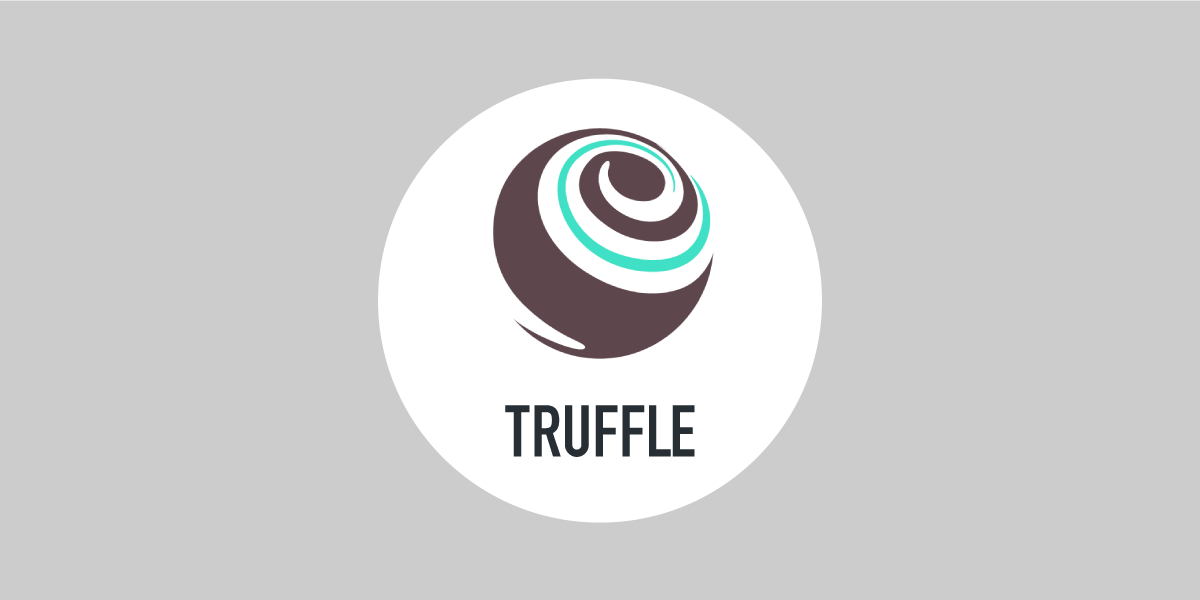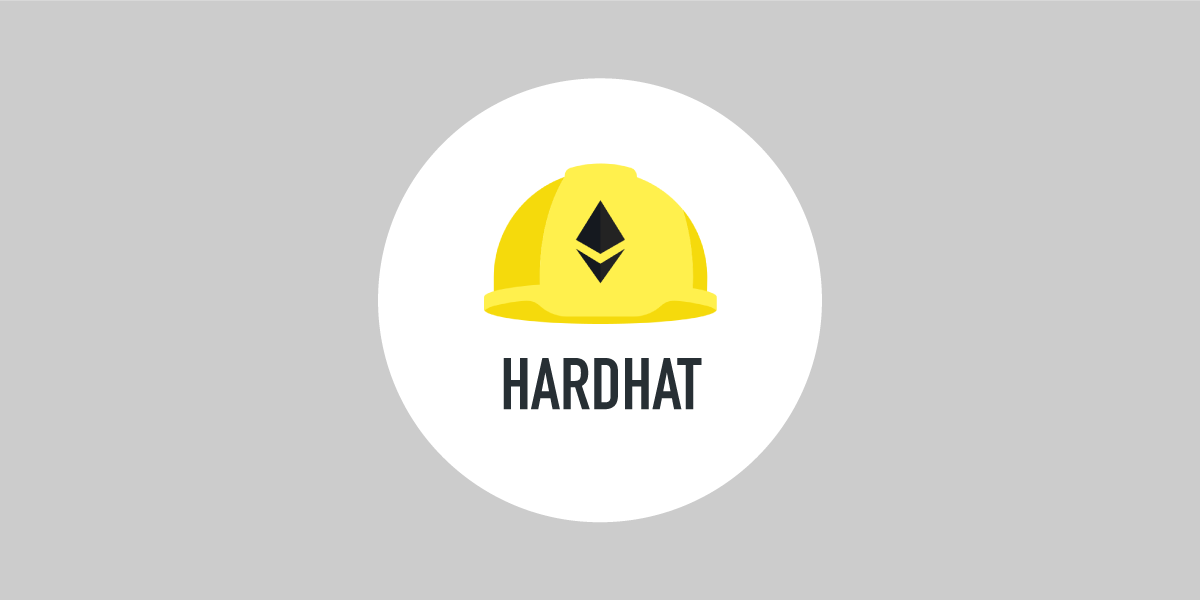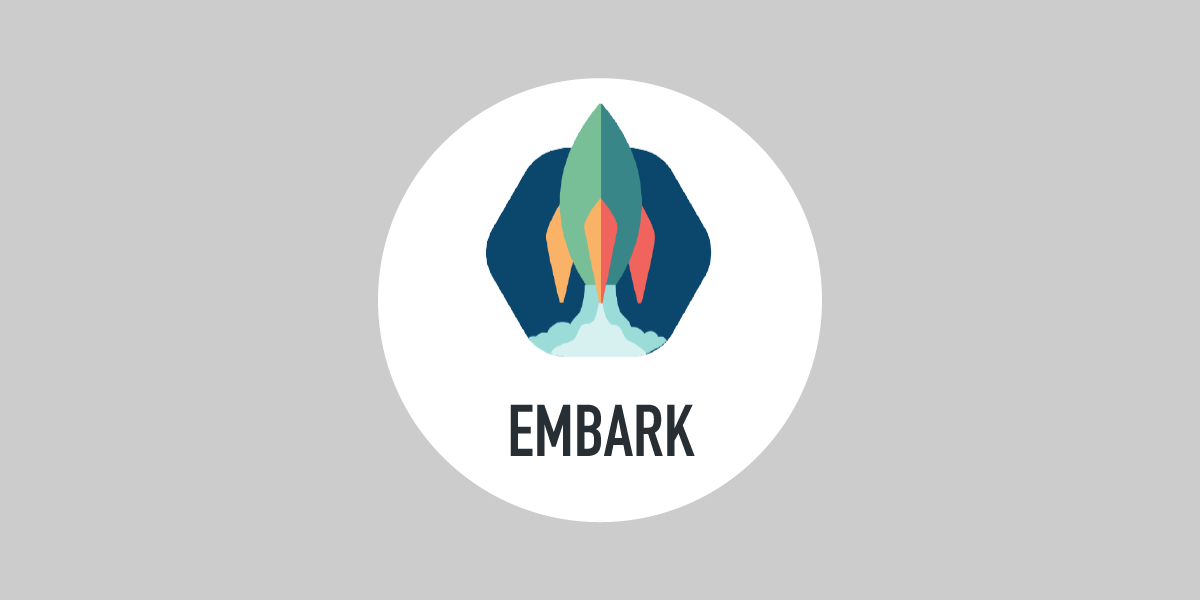4 Best dApp Frameworks for First-Time Ethereum Developers
With the growth that Ethereum has had in recent years, developers are starting to build dApps. Read more to find out what dApp framework fits your API project.
Join the DZone community and get the full member experience.
Join For FreeEthereum has experienced dazzling growth in recent years. According to YCharts, the programmable blockchain now has approximately 220 million unique addresses. Linked to the increase in users is an explosion in the number of dApps. Global companies and startups across finance, sales, HR, accounting, supply chain, and manufacturing are using dApps to streamline processes and onboard new customers. Multiple frameworks exist that simplify the dApp development process for Web2 developers, who want to participate in Web3. This post examines four of the most popular. But first, what is a dApp?
What Is dApp?
A dApp, or decentralized application, is serverless software that runs on a decentralized network and uses a programmable blockchain for security, transparency, and immutability. A dApp combines smart contracts with a frontend user interface (HTML5, React, Angular). DApps can be used in a variety of industries and services, from social media to supply-chain management, payment tracking, complaint resolution, and all manner of accounting and (decentralized) financial services.
How Is a dApp Different From an App?
To the end client, a dApp shouldn’t feel any different compared to a traditional app. The differences are beneath the hood. Firstly, unlike a conventional app that has its backend code running on centralized servers, such as AWS or Azure, dApps run on a decentralized peer-to-peer network (blockchain), such as Cardano, Algorand, Polkadot, Solana, or Tezos. However, for this article, we will focus on the most popular network—Ethereum. When designing your decentralized app, building for the Ethereum blockchain starts with selecting the right framework for your needs.
dApp Advantages
- Increased privacy and censorship: Users don’t need to provide an identity to interact with a dApp. This protects user data.
- Better security: A conventional app runs on centralized servers that are more vulnerable to tampering and data breaches.
- More interoperability: Traditional apps are mostly isolated, siloed software. dApps give interoperability across the same—and increasingly other—blockchain technology.
- Trustless: Smart contracts execute in predictable, pre-programmed ways, removing the need for intermediaries.
How Do dApps Work With APIs?
dApps use APIs to interact and access the functionality of other dApps—to retrieve financial, HR, or accounts data, for example. They can also open their own APIs to the wider ecosystem of Ethereum dApps. Additionally, dApps use APIs to send transactions and interact with smart contracts on Ethereum.
Common APIs for Interacting With Ethereum
- JSON-RPC API: A popular API used to send transactions, read data, and interact with smart contracts.
- Web3.js: A JavaScript library that provides a user-friendly API for interacting with Ethereum. Web3.js is used to send transactions, read data and interact with smart contracts. Additional functionality includes event handling and contract abstraction.
- Infura.API: Provides hosted Ethereum nodes so developers can interact with Ethereum without running their own.
The Best Frameworks for Developing Ethereum dApps
Solidity, the programming language of Ethereum, owes much to JavaScript and C++, as such, Web2 developers should experience a shallow learning curve. However, there are numerous frameworks for developing decentralized apps that make the process for developers more straightforward. Picking the right one will go a long way to determining your success. Here are four of the best frameworks:

Source: Truffle
Truffle
Truffle is a popular development and testing framework for dApps, for first time and experienced Ethereum developers. As well as containing a Web3.js library, Truffle is simple, user friendly and, with over 56K GitHub users, trusted. To install Truffle, you need to have Node, npm, and Python. You can install Truffle via npm with the command npm install -g truffle.
Truffle Pros
- User-friendly interface with a comprehensive suite of developer tools, including smart contract development, testing, and debugging.
- Write tests in Solidity, JavaScript, and TypeScript and use Drizzle frontend libraries for dApp UI.
- Layer 2 support develops on EVM and JSON-RPC compatible blockchains such as Optimism, Polygon, Arbitrum and Avalanche.
Truffle Cons
- Steep learning curve and a potential complex testing and debugging environment for first time dApp developers.
- Reliance on JavaScript is a limitation for experienced Ethereum developers.
Truffle Use Cases
- Building and deploying smart contracts on the Ethereum blockchain.
- Developing and testing smart contracts locally before deploying them to the blockchain.
- Automating contract testing and deployment.
- Managing and interacting with multiple development networks and test nets.
- Creating and managing digital assets, such as tokens.
- Building decentralized autonomous organizations (DAOs).

Source: Hardhat
Hardhat
Hardhat allows developers to build, test, and deploy smart contracts and dApps using a variety of tools and libraries. With over 114K users on GitHub and an active Discord community, Hardhat is a hugely popular framework for dApp developers. Much of its popularity can be attributed to its rich list of features, flexibility, and the Hardhat Ethereum Virtual Machine for testing and debugging smart contracts.
Hardhat Pros
- Intuitive debugging and testing environment. Developers get stack traces, console.log, and explicit error messages when transactions fail.
- Test and deploy dApps via JavaScript, Rust, and TypeScript integration.
- Active community and trusted by some of the biggest names in Web3—Yearn, Uniswap, Decentraland, and Chainlink.
Hardhat Cons
- Steep learning curve and limited documentation compared to Truffle.
- Limited support for frontend frameworks for dApp UI design.
- Designed more for experienced Web3 dApp developers.
Hardhat Use Cases
- Developing and testing smart contracts on a local development network.
- Automating smart contract testing and deployment.
- Debugging and troubleshooting smart contract issues.
- Simulating and testing different network conditions, such as high network latency or low gas prices.
- Creating and managing multiple development networks for different stages of the development process.
- Interacting with smart contracts through a user-friendly command line interface (CLI).

Source: Embark
Embark
Similar to Truffle, Embark provides tools and libraries (Web3.js, IPFS, EmbarkJS, and Embark-testrpc) for developing, launching, and maintaining dApps. Additional features of Embark include automatic contract deployment and a user interface for integration with other APIs. Embark is a sound choice for first time Ethereum dApp developers.
Embark Pros
- User-friendly interface. Comes with Cockpit—web-based tools to facilitate the development and debugging of dApps.
- Multiple libraries, storage, and integration with IPFS, Whisper, and Swarm.
- Respected debugging and testing environment. Extensive plug-in customization options for full dApp development.
Embark Cons
- Steep learning curve.
- Reliance on JavaScript.
- Limited GitHub community and not as popular in Web3 as other frameworks, such as Truffle.
Embark Use Cases
- Building and deploying smart contracts on the Ethereum blockchain.
- Building frontend user interfaces for dApps, using JavaScript frameworks such as AngularJS and ReactJS.
- Developing and testing smart contracts locally before deploying them to the blockchain.
- Integrating dApps with Web3 wallets and other blockchain-related tools.
- Automating deployment and management of smart contracts and dApps.

Source: OpenZeppelin
OpenZeppelin
OpenZeppelin is a popular dApp framework with some of the biggest companies in Web3 (Decentraland, Aave, ENS, andThe Sandbox). Its smart contract templates and rich reserve of libraries (Network.js, Hotloader) are tried and tested. The OpenZeppelin starter kits make the framework an ideal starting place for first-time Ethereum dApp developers.
OpenZepplin Pros
- OpenZeppelin starter kits are a great way to build your first dApp—reuse community vetted code, upgrade, and test smart contracts and create UI.
- Widely used open source framework with an active GitHub community and documentation.
- Extensive and trusted audit service—smart contracts will conform to established standards.
OpenZepplin Cons
- Reliance on Solidity.
- Steep learning curve.
- Needs to be used in conjunction with other frameworks, such as Truffle and Embark, for the complete dApp development process.
OpenZepplin Use Cases
- Building decentralized applications on Ethereum.
- Creating and managing digital assets such as ERC-721, ERC-1155, and ERC-20 tokens.
- Implementing smart contract security best practices.
- Building decentralized autonomous organizations.
- Creating and managing digital identities on the blockchain.
dApp Frameworks Summary
When it comes to choosing which dApp framework is best for a first-time Ethereum developer, understanding the fundamentals of what a dApp is are critical. It’s vital to consider documentation, how active the community (Reddit, GitHub, Discord) is, and how geared the particular framework is to the needs of your decentralized app. That said, most frameworks offer similar tools, so getting familiar with one might be more beneficial than experimenting with two or three.
Published at DZone with permission of Rachael Kiselev. See the original article here.
Opinions expressed by DZone contributors are their own.

Comments